There can be your advertisement
300x150
How to Choose an Apartment: 5 Important Questions
Yuri Brodovsky in his blog shared insights on what to prioritize when selecting housing.
Yuri Brodovsky is an expert, architect, interior designer, and creator of the channel «Designer in Touch»
Where is the building located?
Don't underestimate public transportation accessibility, even if you usually travel by car. A bus stop or metro station nearby can be very helpful—especially during snowstorms when the whole city is stuck in traffic.
Are there green zones nearby?
Consider whether there is a place nearby where your children and pets can walk—and you too. How eco-friendly is the atmosphere around the house?
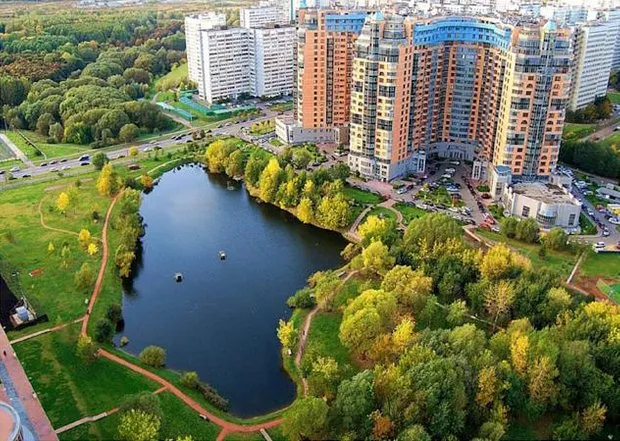
What about noise and vibration?
The most important factor for comfort is silence. Do the windows of the apartment face a train station or a busy intersection? Is one of the outer walls adjacent to a lift lobby? These are strong reasons to re-evaluate and carefully consider your choice again.
Without additional sound and thermal insulation or air conditioning, there is no real comfort in such apartments.
What about sunlight?
Have you ever considered how much daylight will be in the apartment throughout the day? For example, in northern parts of Russia, the norm for continuous solar exposure is at least 2.5 hours per day from April 22 to August 22.
If there is too much sunlight—relevant in central and southern latitudes—consider sun protection: install air conditioning or blinds.
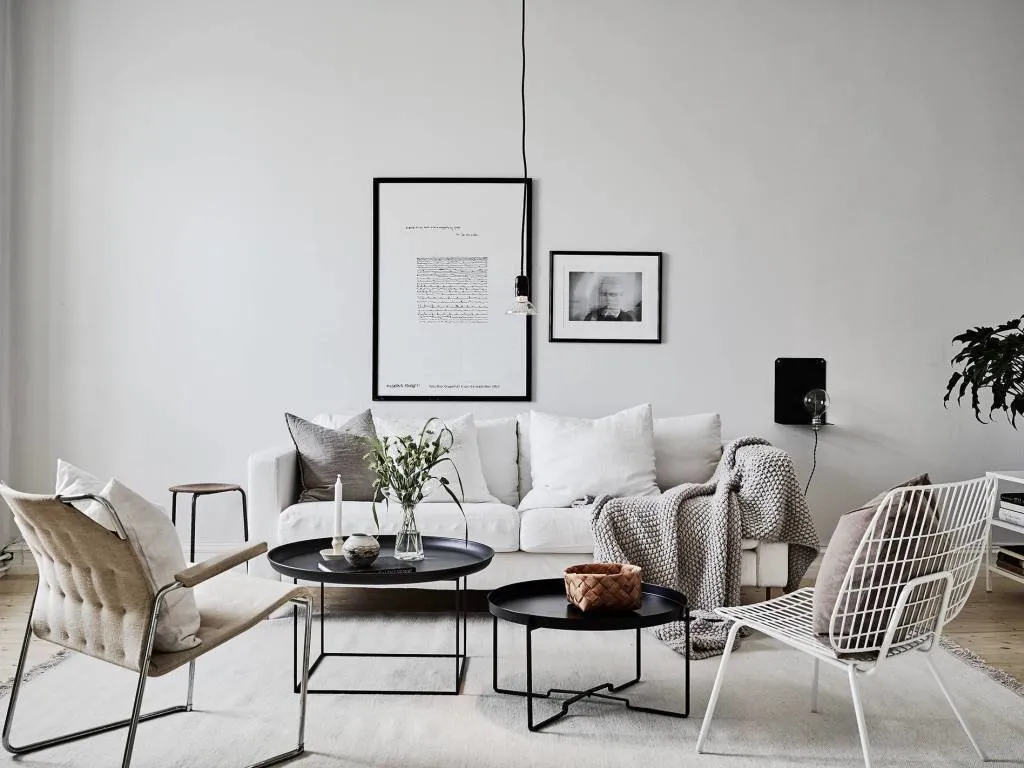
How is the apartment positioned in the building?
The best option is when windows face two sides of the building. This provides not only a varied view but also additional natural light.
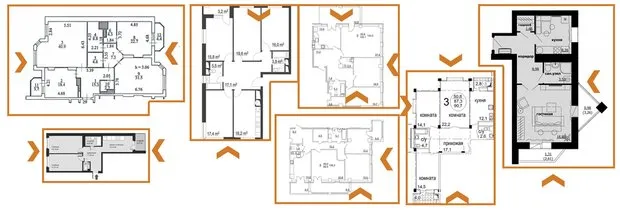
It's better if the apartment is not in a corner (turning) section of the building. In such cases, there are usually many internal load-bearing walls, which limits renovation possibilities.
Additionally, less natural light enters the apartment, and neighboring windows are often too close.
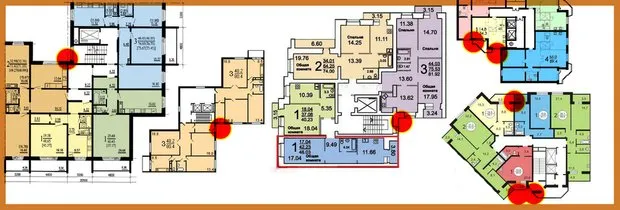
In an ideal scenario, the apartment has a balcony or loggia—and they are not adjacent to another apartment.
It’s not ideal if the apartment is located at the dead end of the building. This is especially true for older buildings or secondary purchases in homes built before 2000.
Dead-end walls often cause heat loss, requiring additional insulation.
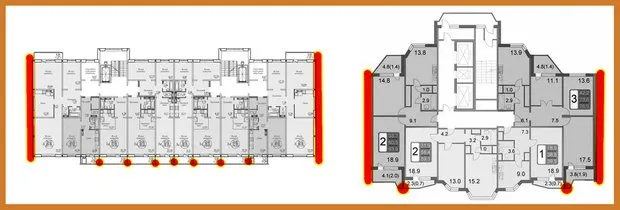
More articles:
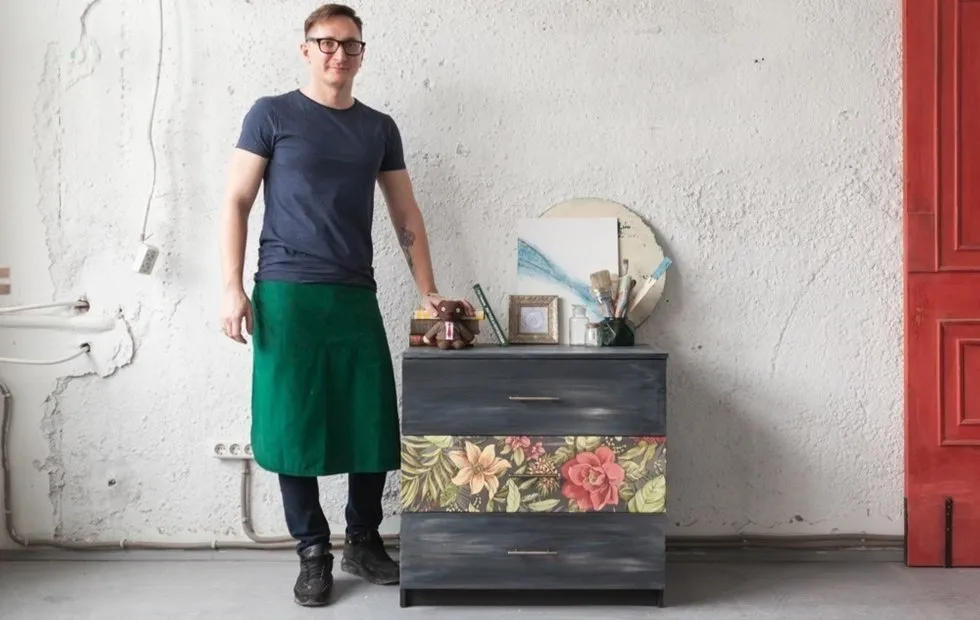 Repurposing an Old Dresser: Sasha Mershiev's Tutorial
Repurposing an Old Dresser: Sasha Mershiev's Tutorial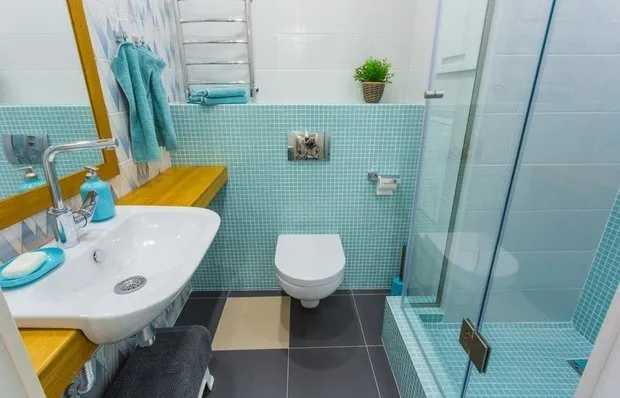 Making Bathroom Renovation Fast: 6 Tips
Making Bathroom Renovation Fast: 6 Tips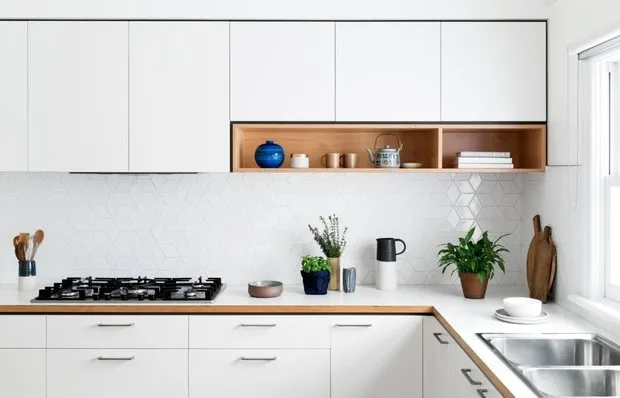 The Most Frequent Question About Furniture Assembly — Answered by a Professional
The Most Frequent Question About Furniture Assembly — Answered by a Professional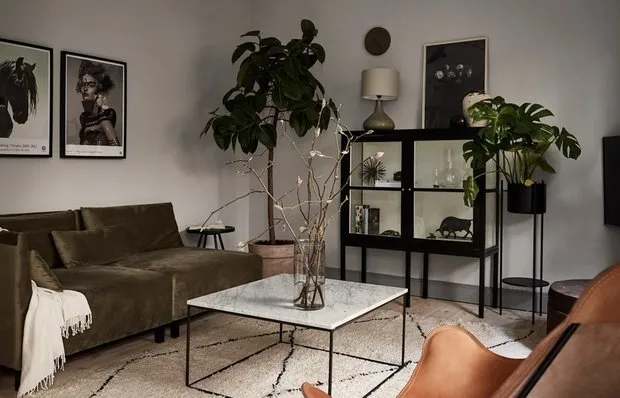 How Designers Decorated a Two-Room Apartment in Trendy Dark Tones
How Designers Decorated a Two-Room Apartment in Trendy Dark Tones How to Improve the Interior of a Country House Cheaply: A Real Example
How to Improve the Interior of a Country House Cheaply: A Real Example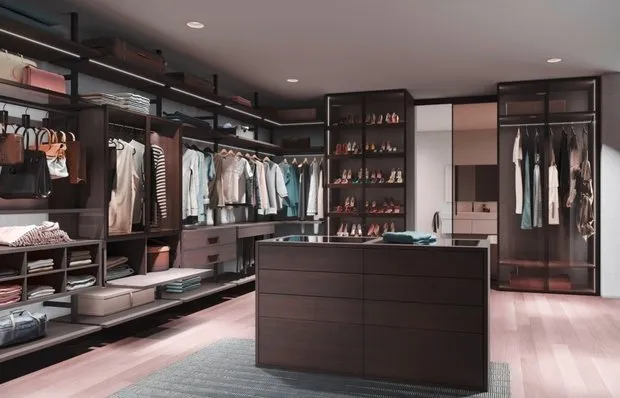 8 modern solutions for your wardrobe
8 modern solutions for your wardrobe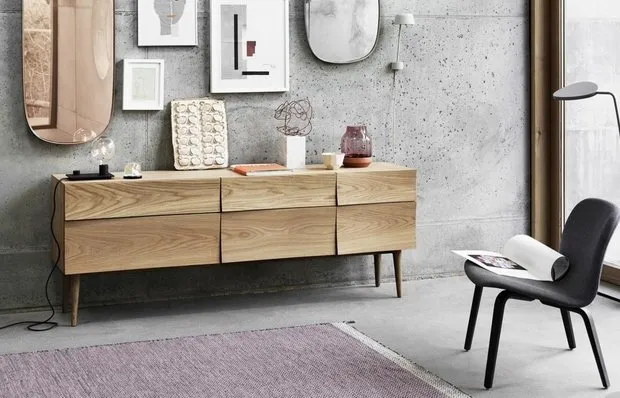 Stockholm Furniture Fair 2018 Exhibition: 10 Finds for Small Apartments
Stockholm Furniture Fair 2018 Exhibition: 10 Finds for Small Apartments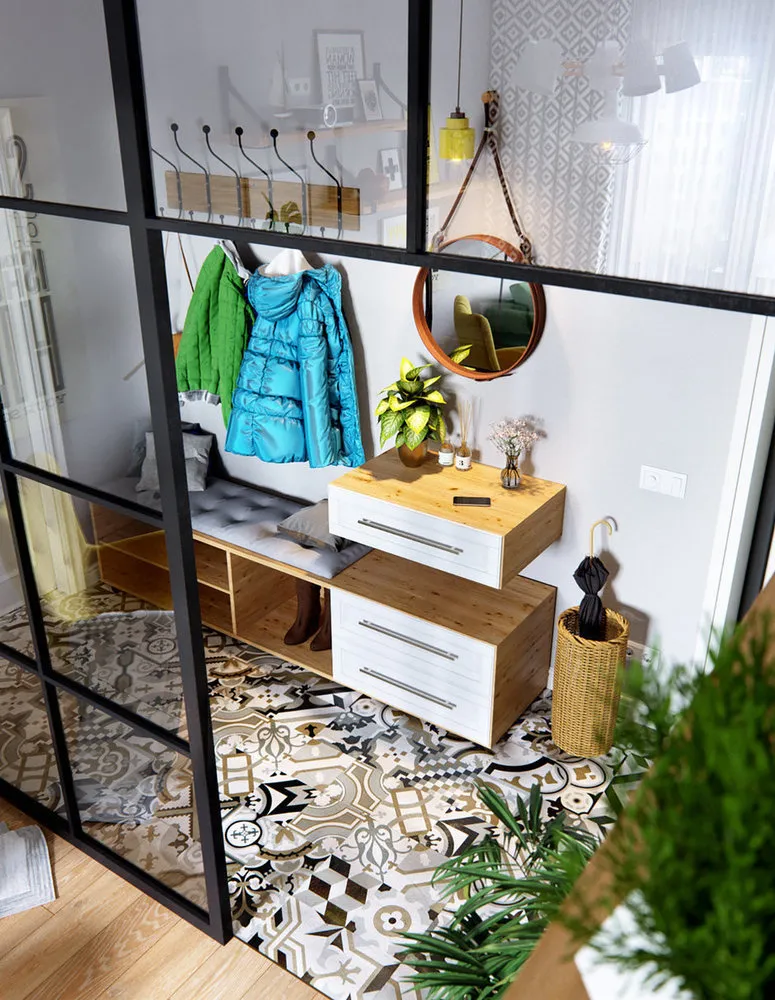 Small Entrance Hall Design: 5 Examples + Products
Small Entrance Hall Design: 5 Examples + Products